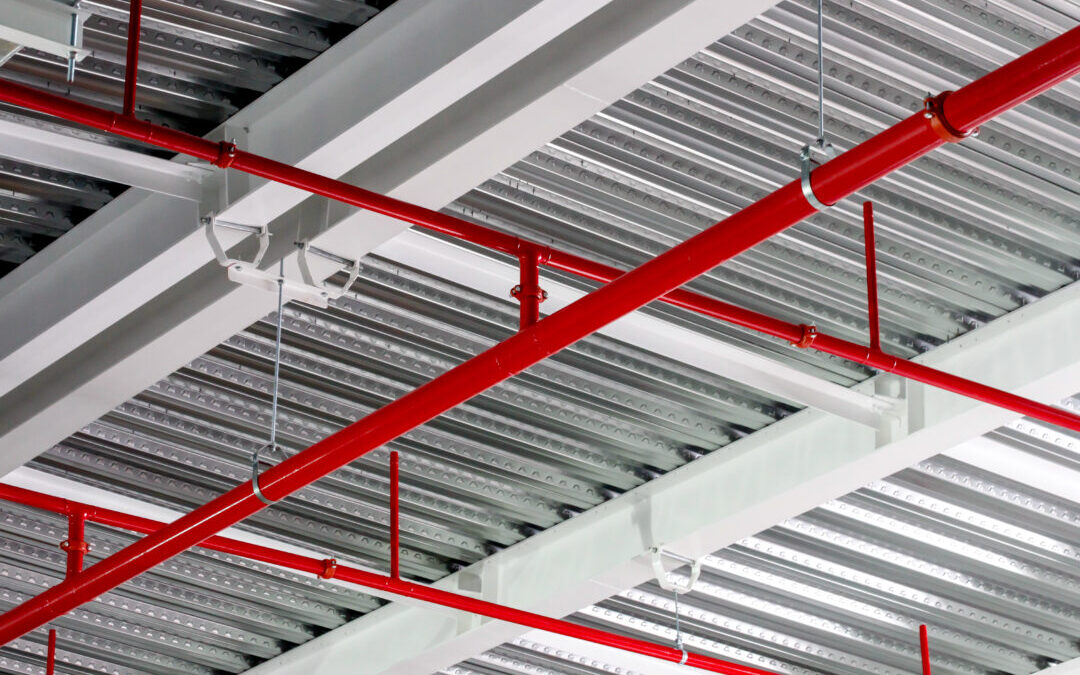An Article by Philip F. Parisi Jr.
NFPA Obstruction investigation requirements first turned up in NFPA 25-2002, addressed in Chapter 13 and had been expanded over the years with more detail. Currently the requirements are located in Chapter 14 of the 2020 version of the Inspection, Testing and Maintenance Requirements. Annex D of this reference standard expands on the testing requirements, flushing connections and different options for investigation. The requirements originate from an incident or number of incidences where sprinkler heads and piping which were subject to activation during a fire emergency did not operate in a manner that they were intended due to debris, foreign material or other obstruction. Obstruction sources include pipe scale, foreign material from careless installation methods, biological growth from contaminated water sources and corrosion. The obstruction investigation becomes significantly more important when fire water supplies originate from raw water sources and are not properly screened to prevent the growth of clams, mussels, slime and other biological growth. Once contaminated, it is extremely difficult to eliminate from the affected piping.
Obstruction investigations (Chapter 14) provides the minimum requirements for conducting the required investigation of fire protection system piping for possible sources of pipe blockage. The requirements set forth in Section 14.2 include the flushing of piping and branch lines once every 5 years by opening a flushing connection at the end of one main and removing one sprinkler at the end of one branch line. This sounds overwhelming when you are maintaining a fifty (50) story commercial office building, however in 2011, NFPA concluded that it is reasonable in large warehouses, high rise buildings and other properties where a significant number of systems exist to inspect half of the systems which will be a representative sample of all of the systems. The industry has been utilizing a method for compliance by testing ½ of the systems in the first year of the testing cycle and then the balance of the systems on the second year of the testing cycle. Applicable systems include yard and private mains, wet-pipe, dry-pipe, pre-action, deluge, foam water and water mist sprinkler systems, and standpipe hose systems. This results in the following three (3) years without the need of testing. Please note that the frequency can increase if the results of the first cycle showed evidence of an obstruction, including the evidence of tubercles, slime or other obstructions. One item to note is that nonmetallic piping does not require internal inspection. There are alternative nondestructive testing methods that can be utilized including ultrasonic testing or radiography.
Stay tuned for the next article on obstruction investigation testing and flushing methods for a deeper dive on steps for conducting the test and methods of procedure.
About Me:
I’m Philip F. Parisi Jr., P.E., LEED AP, and an Associate Principal at MG Engineering DPC. As part of RAEL’s partnership with MGE, I’ll be providing information each month to help property and risk managers stay up to date on the changing requirements of local and national fire protection codes. With over 20 years of experience in the field developing standards, specifications and plumbing/fire protection system design for various projects including academic buildings, healthcare facilities as well as high-rise residential and commercial buildings.


Recent Comments